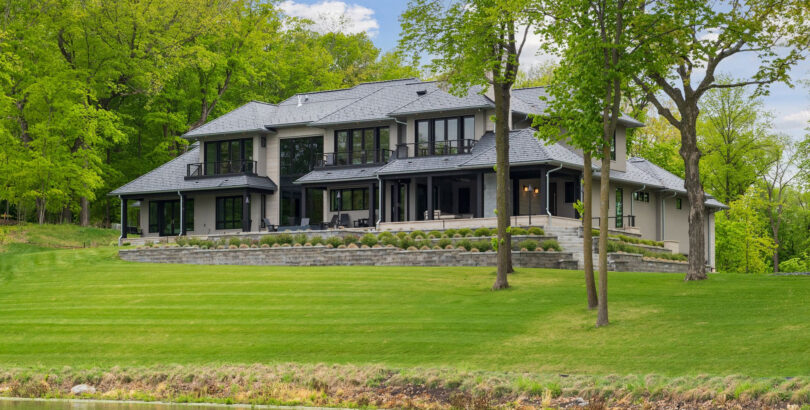
Are The Tides Turning
The current business cycle has been fueled by zero percent interest rates and 7 trillion dollars in quantitative easing. Typically, when the Federal Reserve begins a rate hiking cycle it’s 25 basis points at a time in a strong economy. Presently, we are faced with a fed that is behind the curve and hinting at 50-75 basis points in rate hikes at one occurrence. In addition, the stock market is starting to feel this pressure of uncertainty with 70% of technology stocks in a bear market, down at least 20%, the S&P 500 is in a correction as of this morning and our fearless new friend, inflation, is at a 40-year high, coupled with one of the most difficult geopolitical conflicts since World War II. In summary, suddenly we have a lot of headwinds hitting us at once.
At first glance, based on the above information, the evolving economic landscape suggests contraction with cocktail party economists predicting a recession in the not-so-distant future. But what happens in a consumer-driven economy when prices don’t follow suit? Perhaps a demand cycle peak is driven by the consumer, and not the economy. This fits within the framework of a pause for home buyers. From my perspective, buyers are feeling fatigued. Losing out to multiple offers and witnessing trade prices exceedingly higher than what they are listed for creates panic and desperation which ultimately leads to despair. All of this is starting to weigh on consumers’ minds with the conclusion, that maybe I will wait. Which tells me we are headed for a pause in the housing market. Not a garden variety correction led by price, but rather through time.
The housing bubble that led to the last recession was fueled by fictious lending and phantom buyers. This isn’t happening here. Speaking to the transactions I am leading, regardless if I am selling a $500,000 apartment or a $3,000,000 home, buyers are typically bringing, at a minimum, 50 percent of the purchase price in cash to the table. They certainly won’t walk away from this type of capital. So, we know they are committed.
Moreover, rates are on the move. A year ago, I talked about the beginning of the last gasp of buyers rushing to get in before rates began to bottom and move higher. We have seen the early signs of the rate cycle rise, with the 30-year fixed hitting 5%, up from 3% only a handful of months ago. This has reduced buying power, but buyers aren’t willing to accept what they no longer financially can’t have. If a buyer had the ability to purchase a $1,500,000 home and now their buying power has been reduced to say $1,200,000, due to the jump in mortgage rates, they psychologically have not accepted the difference in quality and product availability. Nor will they in the near term.
Finally, March homes sales nationwide were released last week and although we set a record price up 15% over the same period one year ago, total sales were down 4.5% and inventory was also lower by 9.5%. This to me highlights a negative divergence, where the price is trending in one direction, but the underlining fundamentals are headed in the opposite direction. Typically, in stock markets, the price eventually follows what is occurring underneath the hood.
I will leave you with this, the greatest pair trade over the past year and a half has been to sell the suburbs and buy downtown. Urban real estate has come roaring back, and that window is now closing. Perhaps a pause is required to keep the train continued moving on the right track.


